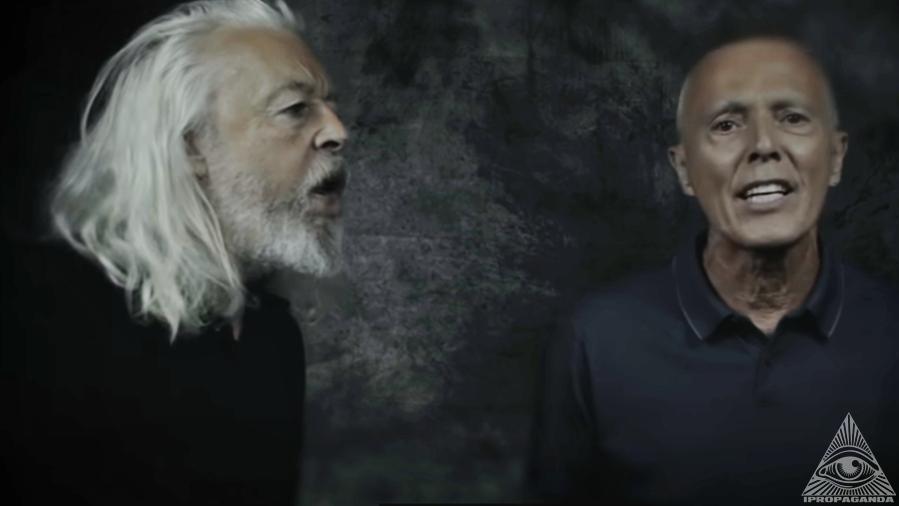
Tears for Fears are one of those ubiquitous yet under-discussed pop outfits. Having made their mark on the New Wave movement in 1985 with proven classics like “Everybody Wants to Rule the World” and “Head Over Heels,” the English rock duo have mastered the art of the long game.
Over the more than 35 years since, they haven’t forgotten their roots or the essence of their appeal: their new single, “The Tipping Point,” released 7 October, recalls their breakout single in more ways than one. Lending its name to their upcoming album, the song—along with its video—alternates between high drama and simmering understatement, a fitting comment on the turbulent transitional period we’re living through.
Fans of the pair from their early days will likely pick up on the signature compound tempo, each quarter-note divided into three smaller beats to create a rhythm that shuffles along. Roland Orzabal and Curt Smith are clearly tapping into a rhythmic technique that has worked wonders for them and countless other artists in the past. But the breezy, synthesizer-soaked ‘80s sound that gave even their first bursts on the music scene an air of premature nostalgia has been updated, made a bit edgier, demonstrating the songwriters’ willingness to embrace recent trends like electronic dance music—and take their place among them.
What’s more, the otherworldly, layered atmosphere created in miniature by the introduction conveys the importance, even the dominance, of the instrumentation: Orzabal and Smith’s vocals don’t enter until the 1:00 mark (the total run time is 4:13), and even then they are buried in the mix of sounds that crest on each chorus. The chords tend to play a zero-sum game, either hollowed out to an interval of a fifth, as in the verses, or doubling up on themselves to stack a choir of instruments, as in the choruses. The vocals sometimes mimic the orchestration in their hollowness, bookending the octave, and sometimes tighten to just a third apart.
Meanwhile, what those vocals are saying—or what they mean—leaves at least as much room for interpretation as the spacey arrangement does, if not more so. “Silver tongue, they’ll soon be gone/when the sunlight hits the room,” as the opening line declares, the nameless, faceless beings it evokes as prone to appearing and dissolving as the notes and instruments we hear. There are more questions than answers, particularly in the pre-chorus (“Will you let ‘em out? Will you let ‘em in? Will you ever know when it’s the tipping point?”) and chorus (“So who’s that ghost knocking at my door?…What’s that shape climbing over my wall?”). The closest we get to any kind of philosophy comes in the second verse: “Life is cruel, life is tough / Life is crazy, then it all turns to dust.” There’s a sense of urgency here, but also of submission—an acknowledgment of the turbulence of the world and the helplessness it engenders, and yet still a desire to understand it. It’s a tall, existential order for an album’s first single, but Tears for Fears can pull it off like few can.

